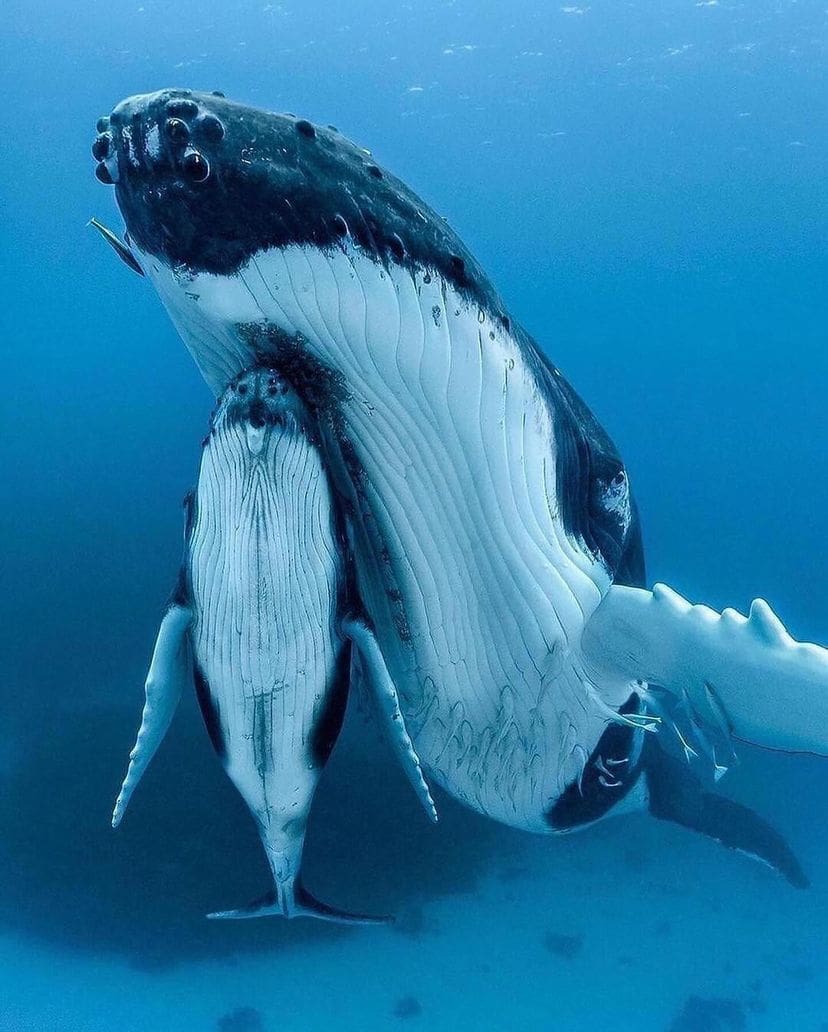In the vast, blue expanse of our planet’s oceans, migratory species embark on epic journeys that are nothing short of miraculous. These instinct-driven voyages are critical not just for the survival of these species, but also for the health of the marine ecosystems they traverse.
However, as Chris Johnson, the Global Lead for WWF’s Protecting Whales & Dolphins Initiative, warns, these migrations are under threat, and the consequences are dire, not just for marine life but for humanity itself.
Marvels of Marine Migration
Migration is an awe-inspiring phenomenon, with species like whales undertaking lengthy journeys that span entire oceans. These migrations are driven by deep-rooted instincts, leading these majestic creatures across national borders and into the high seas.
The World Wildlife Fund (WWF) and its partners are at the forefront of efforts to map and protect these “blue corridors.” By understanding where, when, and why these migrations occur, conservationists can design effective strategies to safeguard these vital pathways.

Looming Threats
The beauty and wonder of marine migration are shadowed by increasing risks. Climate change, ship traffic, underwater noise, and fishing activity are creating perilous conditions for whales along their migratory routes. The State of the World’s Migratory Species report, launched in February 2024, paints a grim picture, highlighting the escalating risk of extinction and the inadequate protection of the oceans.
A Closer Examination of the Threats
- Extinction Risks: The report underscores a global increase in threats to migratory species, with many facing heightened risk of extinction.
- Ocean Protection Lacking: Analysis reveals that a significant portion of the world’s Key Biodiversity Areas, crucial for the survival of migratory species, lack adequate protection.
- Fisheries Impact: An alarming number of whales, dolphins, and porpoises fall victim to fisheries bycatch annually, with some species targeted intentionally for bait.
- Noise Pollution and Climate Change: The cacophony of underwater noise disrupts essential behaviors in cetaceans, while changing climates threaten to disrupt migratory patterns and reduce available habitat, particularly in polar regions.
A United Front for Conservation
In response to the interconnectedness of migratory species and their habitats, the United Nations established the Convention on the Conservation of Migratory Species of Wild Animals (CMS) in 1979.
This global agreement underscores the responsibility of nations to protect migratory species that travel through or reside within their territories. Signatories commit to international cooperation for conservation, a crucial step toward safeguarding these vital journeys.
Pioneering Conservation Efforts
The concept of connectivity conservation, which emphasizes the protection of large, interconnected habitats, is being adapted for marine environments. Initiatives like the High Seas Treaty and the Kunming-Montreal Global Biodiversity Framework represent significant steps forward, aiming to connect and protect blue corridors across international waters.
Regional efforts, such as the creation of the Eastern Tropical Pacific Marine Corridor, showcase the power of collaboration in establishing vast transboundary marine protected areas.

Personal Reflections and Hope for the Future
Chris Johnson shares a personal connection with the creatures he works to protect, viewing each research trip as a reunion with old friends. These experiences underscore the importance of conservation work, not just for the whales but for the entire ocean ecosystem. With the right tools and global commitment, there is hope that we can make these migratory journeys safer for whales, ensuring the health and vitality of our oceans for generations to come.
The journey to protect migratory species is fraught with challenges, but it’s a journey we must undertake. Through global cooperation, innovative conservation strategies, and a renewed commitment to our planet’s health, we can ensure that the awe-inspiring migrations of whales and other marine species continue to thrive, safeguarding the biodiversity of our oceans and the life they sustain.
